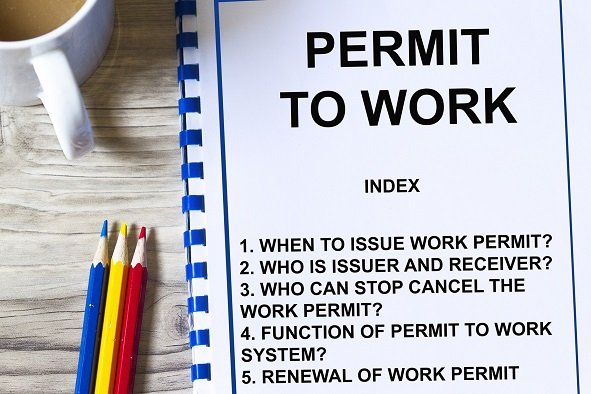Fire Prevention and Control – 12 Modules | One Day USD: 150/- and Two Day USD: 250/- Per Pax.
Description
Module 1: Introduction to Fire Prevention and Control
- Importance of fire prevention in workplace safety
- Difference between fire prevention and firefighting
- Legal and regulatory standards (OSHA, NFPA, ISO 45001)
Module 2: Basic Fire Science and Chemistry
- Understanding the fire triangle and fire tetrahedron
- Sources of ignition, fuel, and oxygen
- Classes of fire (A, B, C, D, K) and their characteristics
Module 3: Common Causes of Workplace Fires
- Electrical faults and overloaded circuits
- Flammable liquids, gases, and chemical reactions
- Smoking, hot work, friction, and static electricity
Module 4: Fire Risk Assessment
- Identifying fire hazards and ignition sources
- Evaluating fire risks and consequences
- Control measures and documentation of findings
Module 5: Fire Prevention Strategies
- Good housekeeping and waste management
- Safe storage and labeling of flammable materials
- Control of ignition sources and heat-producing equipment
Module 6: Fire Detection and Alarm Systems
- Types of fire detection systems (smoke, heat, flame)
- Fire alarms, sirens, and manual call points
- Inspection, testing, and maintenance procedures
Module 7: Fire Protection Systems and Equipment
- Sprinkler, deluge, foam, CO₂, and water mist systems
- Fire hose reels, hydrants, and extinguishers
- Fire doors, dampers, and passive protection methods
Module 8: Portable Fire Extinguishers and Firefighting Equipment
- Types and uses of extinguishers
- PASS method (Pull, Aim, Squeeze, Sweep)
- Care, inspection, and servicing of extinguishers
Module 9: Hot Work and Welding Fire Control
- Permit-to-work systems for hot work
- Pre-job area inspection and fire watch requirements
- Isolation, shielding, and spark control
Module 10: Emergency Preparedness and Fire Response
- Emergency response plans and evacuation routes
- Fire drills, communication, and alarm procedures
- Fire warden and emergency team roles
Module 11: Post-Fire Actions and Investigation
- Containment and control after a fire
- Reporting and documenting incidents
- Root cause analysis and preventive measures
Module 12: Promoting Fire Safety Culture
- Employee engagement and awareness campaigns
- Regular training and refresher programs
- Continuous improvement through audits and feedback
Fire Prevention and Control – 12 Modules
Module 1: Introduction to Fire Prevention and Control
- Importance of fire prevention in workplace safety
- Difference between fire prevention and firefighting
- Legal and regulatory standards (OSHA, NFPA, ISO 45001)
Module 2: Basic Fire Science and Chemistry
- Understanding the fire triangle and fire tetrahedron
- Sources of ignition, fuel, and oxygen
- Classes of fire (A, B, C, D, K) and their characteristics
Module 3: Common Causes of Workplace Fires
- Electrical faults and overloaded circuits
View more Courses
Hi, Welcome back!




